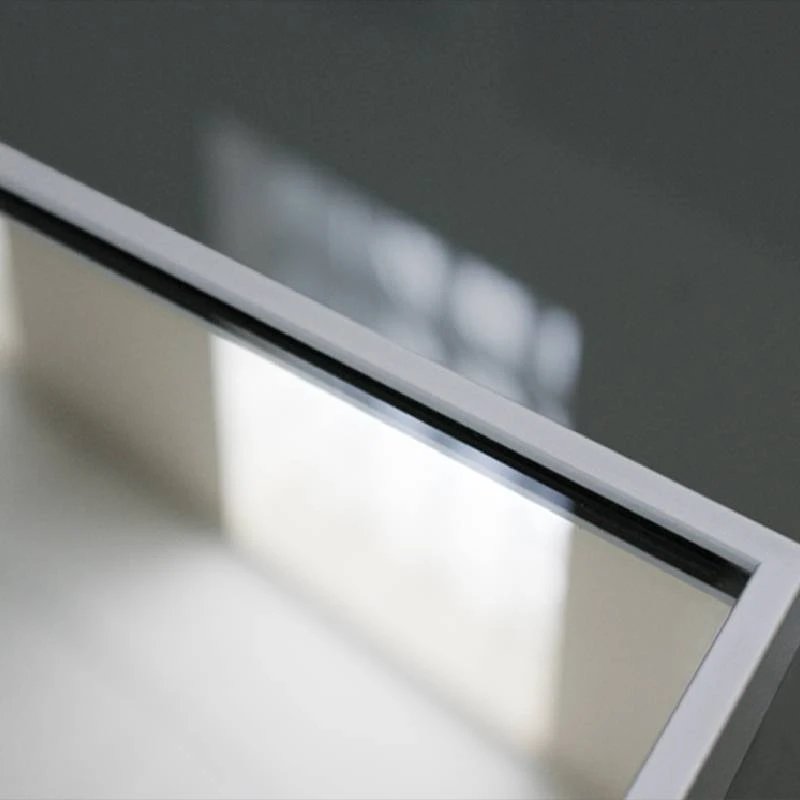

The Price Dynamics of 8mm Float Glass
Float glass, known for its clarity and versatility, has become a fundamental material in various industries such as construction, automotive, and interior design. Among its many thickness options, 8mm float glass stands out due to its excellent balance between strength and weight, making it a popular choice for a wide range of applications. Understanding the factors that influence the price of 8mm float glass can help consumers and manufacturers make informed decisions.
Factors Influencing Price
1. Raw Material Costs The primary ingredients in float glass production include silica sand, soda ash, and limestone. Fluctuations in the prices of these raw materials directly affect the cost of 8mm float glass. For instance, a rise in the price of silica due to supply chain disruptions can result in increased production costs, which manufacturers may pass on to consumers.
2. Energy Prices The production of float glass is energy-intensive, requiring substantial amounts of heat to melt the raw materials. Therefore, any changes in energy prices, whether from electricity or natural gas, can significantly impact the final price of 8mm float glass. Recent trends in energy markets, particularly as societies shift toward renewable resources, have introduced volatility that manufacturers need to navigate.
3. Production Technology Advances in technology and manufacturing processes often dictate the quality and efficiency of float glass production. While newer technologies may entail higher initial investments, they can lead to cost savings in the long term through improved efficiency and reduced waste. As manufacturers adopt greener technologies or upgrade existing facilities, these factors can also influence market pricing.

4. Demand and Supply Dynamics Like any commodity, the price of 8mm float glass is heavily influenced by market demand and supply. For example, an increase in construction projects or a boom in the automotive industry can elevate demand, thereby pushing prices upward. Conversely, if there is an oversupply due to decreased demand, prices may stabilize or decline.
5. Geopolitical Factors The global glass market is affected by geopolitical situations, trade agreements, and tariffs. Changes in these areas can influence the import and export costs of float glass, especially in countries that rely on foreign materials. For example, tariffs on imported float glass can raise prices domestically, affecting both consumers and businesses.
Conclusion
As the construction and manufacturing sectors continue to grow, the demand for 8mm float glass is expected to remain robust. However, prospective buyers and industry stakeholders should continuously monitor the factors that can affect pricing. By understanding the intricacies of raw material costs, energy prices, technological advancements, demand and supply dynamics, and geopolitical influences, they can better anticipate price fluctuations.
Whether used in residential architecture, commercial buildings, or automotive applications, 8mm float glass is a crucial component of modern design and engineering. Keeping an eye on the market trends will not only aid in budget planning but also provide insights into future investment opportunities as the sector evolves.